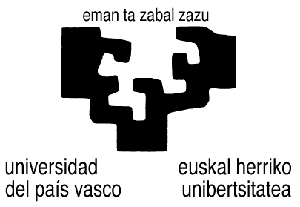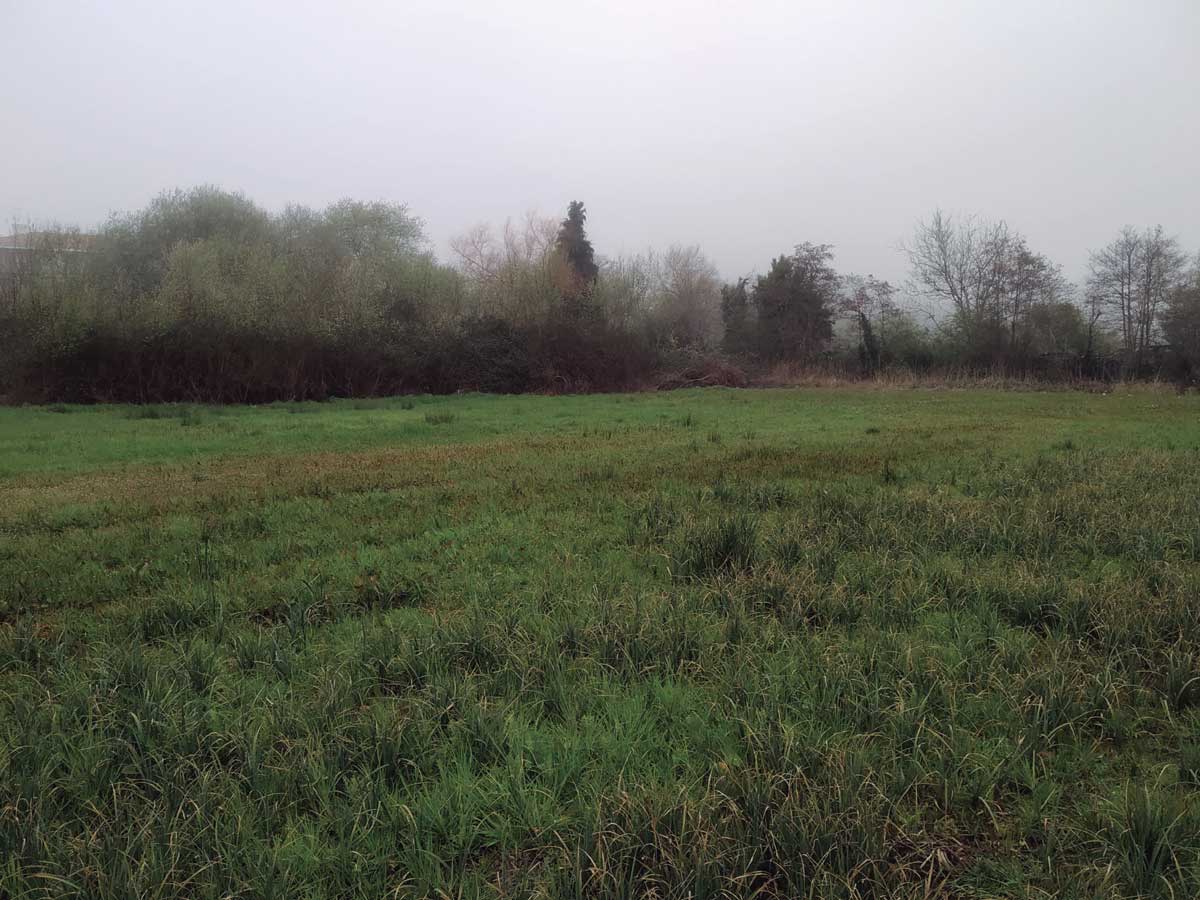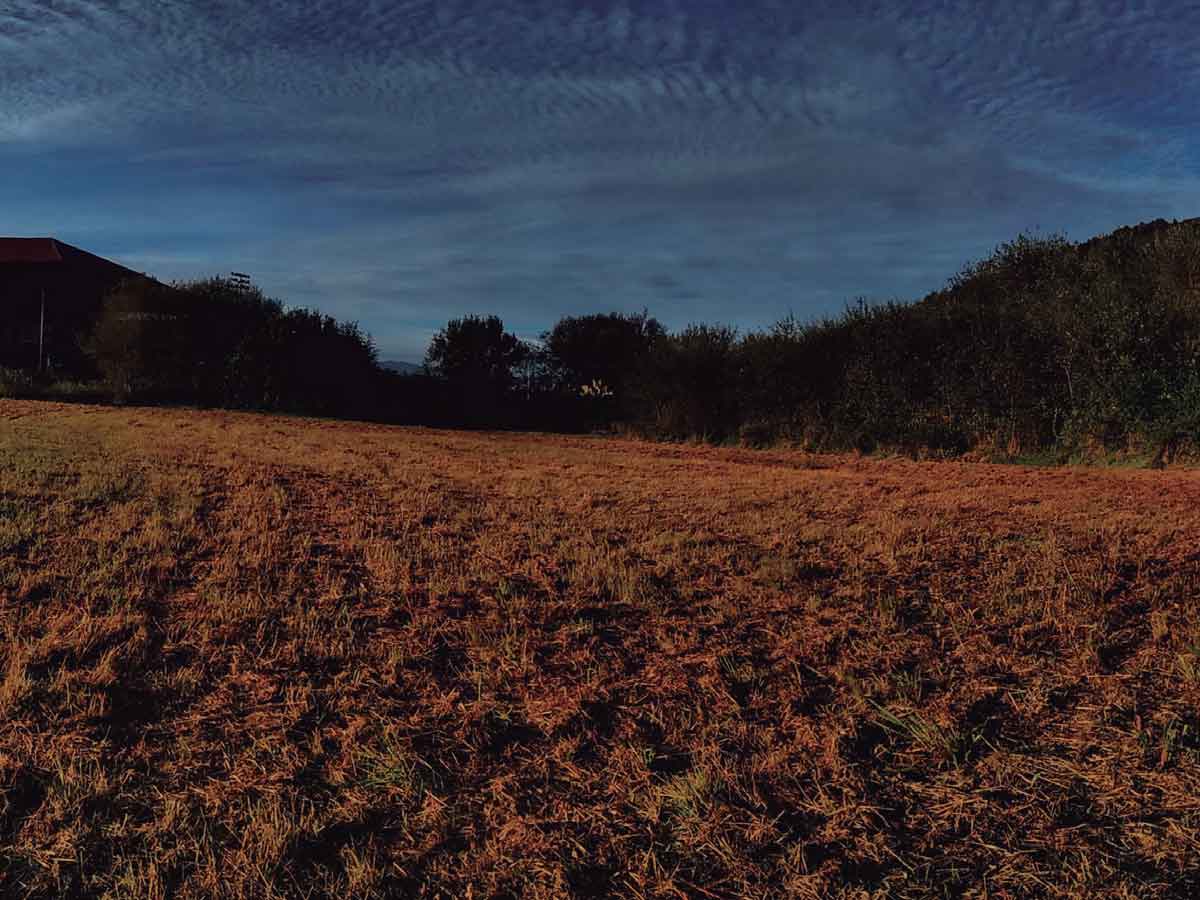BIOREM
BIOREMEDIATION OF SEWAGE SLUDGE-POLLUTED SOIL
INDUSTRIAL ACTIVITY, HIGH POPULATION DENSITY AND LACK OF AVAILABLE AND VIABLE LAND, have contributed to the proliferation of landfills in urban, peri-urban and natural areas in the Basque Country. Landfills are sources of soil pollution and affect water. The shortage of natural or agricultural land makes it necessary to look for new strategies to recover contaminated land for other uses that support social and economic regeneration of the environment. The physical and/or chemical soil treatment technologies available are very costly and have a high impact on soil ecosystem (incineration, vitrification, washing, nano-remediation). In contrast, biological technologies are less costly, but often require long lead times to produce the desired effects. Biological technologies include bioremediation (bacteria), vermiremediation and phytoremediation.
The UNIVERSITY OF THE BASQUE COUNTRY (UPV-EHU), through its Department of Zoology and Animal Cell Biology, leads BIOREM, a project in which NEIKER has also participated.

DRIVING FACTOR


 OBJECTIVES
OBJECTIVES
- Apply a combination of bioremediation techniques to improve the health of soils amended with sewage sludge from sewage treatment plants.
- Integrate the proposed bioremediation technologies to seek synergies and mitigate the inherent limitations of each.
- Increase the performance of polluted soil remediation processes and improve soil health.
 RESULTS
RESULTS
- Soil health significantly improved in the plots due to the treatments applied. The most effective treatment included those incorporating all three remediation techniques simultaneously: plants (lucerne), earthworms and micro-organisms.
- Remediated landfill soils do not exert acute or chronic toxic effects on Eisenia fetidae worms or their reproductive capacity.
- Dieldrin has been the pollutant with the highest removal rates with degradations between 50% and 78%.
- Removal rates around 20-25% for heavy metals (Cd, Cr, Pb and Ni) and Benzo(a)pyrene.
- Reduction of Cr (on 21 out of 24 subplots), Ni (on all subplots), Pb (on 23 out of 24 subplots) and dieldrin (on 17 out of 24 subplots) to values below those stipulated by current legislation. However, in the case of Cd and Benzo(a)pyrene, reductions still exceed the VIE-B limits for other uses.
 CONCLUSIONS
CONCLUSIONS
- The conclusions reached at the moment can only be extrapolated to soils with similar characteristics to those studied: with deposition of sewage sludge, high organic matter content, high stage of ground-water table, and not very high diffuse pollution.
- The most effective treatments are those that incorporate all three remediation techniques simultaneously (bioremediation, phytoremediation and vermiremediation).
- The next phase of BIOREM will apply the optimal methodological approach defined in the small-scale project on a large scale, with one-year cultivation of selected plants with the best combination of remediation strategies.
ENVIRONMENTAL
TECHNICAL
ECONOMIC
COMMERCIAL
ON THE MARKET

